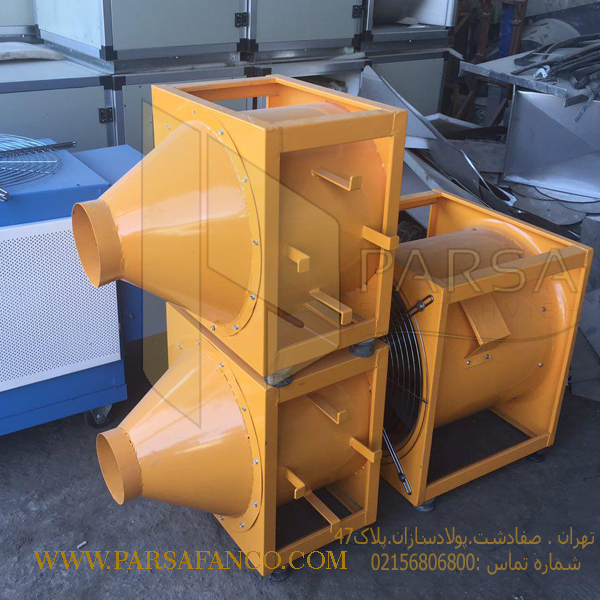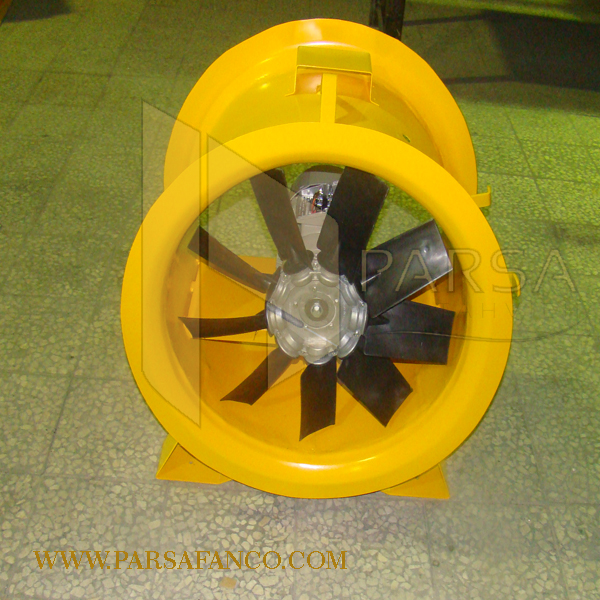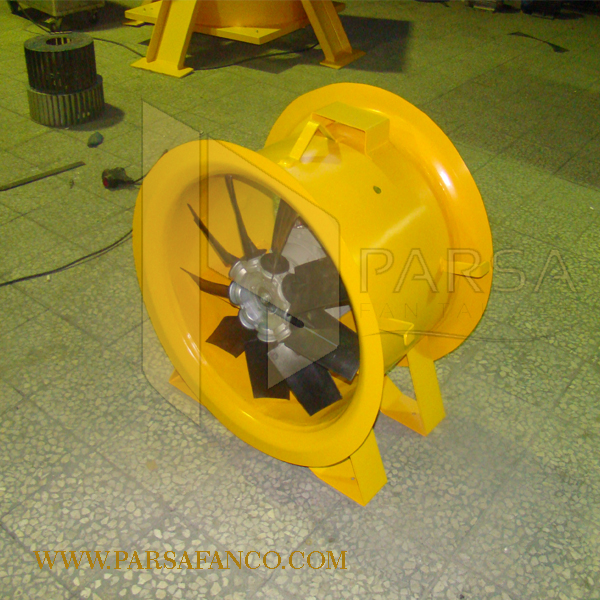Description
In ParsaFan axial fans, the largest share of energy transferred in the gas is a kinetic component that means high air losses but leads to low ambient compression. To increase the density, some manufacturers offer reverse current axial fans. For two fans that rotate in opposite directions, they stand on a common body with separate drives. Due to the location of the drive inside the gas stream, axial fans are designed to transport air with low dust and medium temperature.
The second type of ParsaFan linear duct fans are radial fans. Compared to axial ventilators fans, they offer much higher compression at similar capacities. These types of fans are used in long ventilation and branch installations. Their disadvantages include more complex construction that leads to higher prices.

How the axial duct ventilator of ParsaFan Ventilation Company works
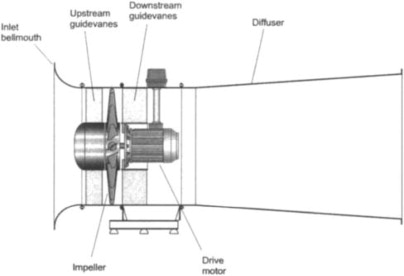
How the axial duct ventilator of ParsaFan Company ,works
The operating system of the ParsaFan axial duct fan is almost similar to the performance of an aircraft engine when taking off from the ground. In fact, when the aircraft is moving forward, the airflow shifts up and down the wings of the aircraft.
Our axial duct fan also has plane-like blades, except that instead of the blades flying, the blades rotate on a stable axis; This creates airflow. This is derived from physics and Newton’s third law, the law of action and reaction.
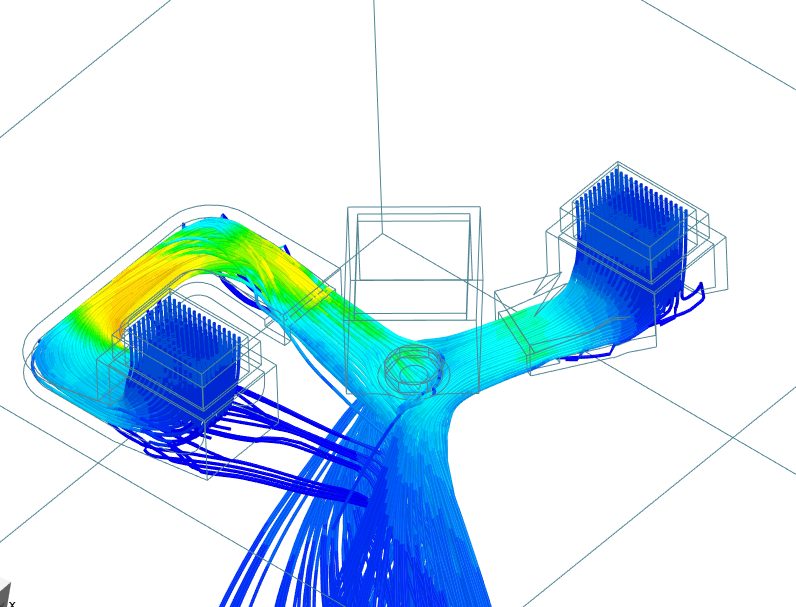
- Parsa Fan Axial Duct Fan is suitable for many applications that require high current at low static pressure.
- Our company axial duct fan is used for general ventilation and cooling.
- Impellers move directly.
- ParsaFan Axial Duct Cooling Ventilators are used for cooling in areas with high heat volume.
- Axial duct fans have an adjustable motor base.
- The axial duct fan works in different conditions in each situation.
- Many shafts
- Axial duct ventilation is constructed in such a way that it is spark resistant.



